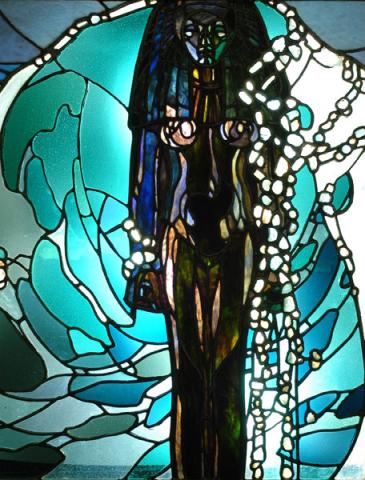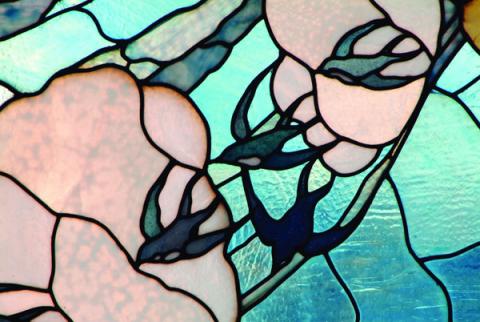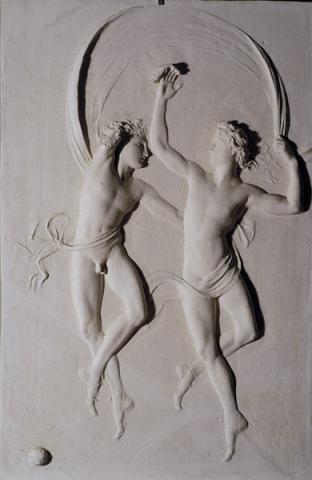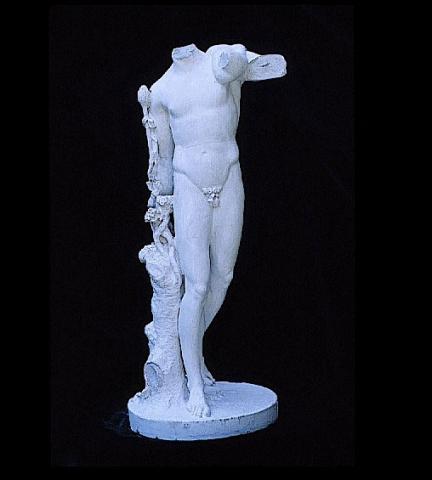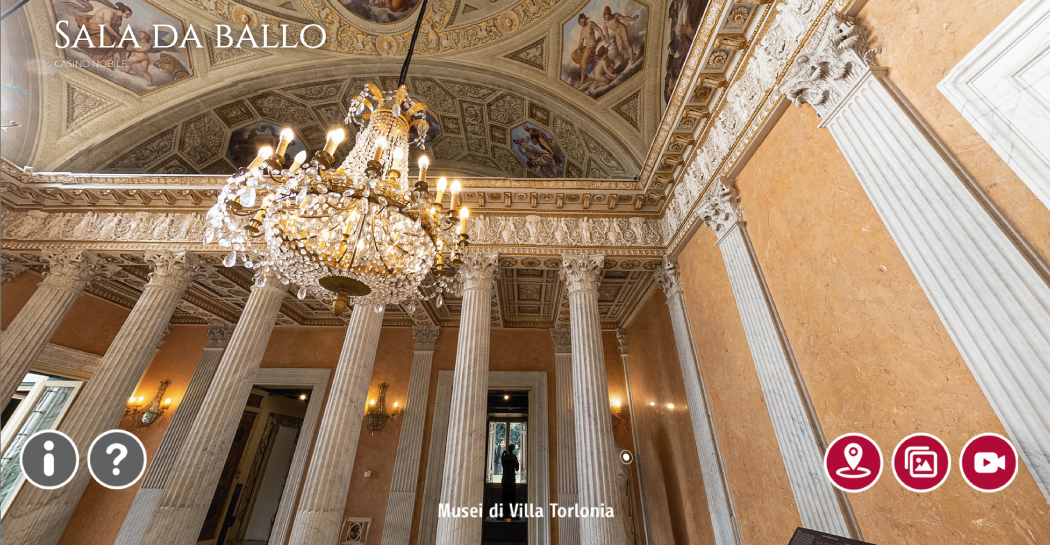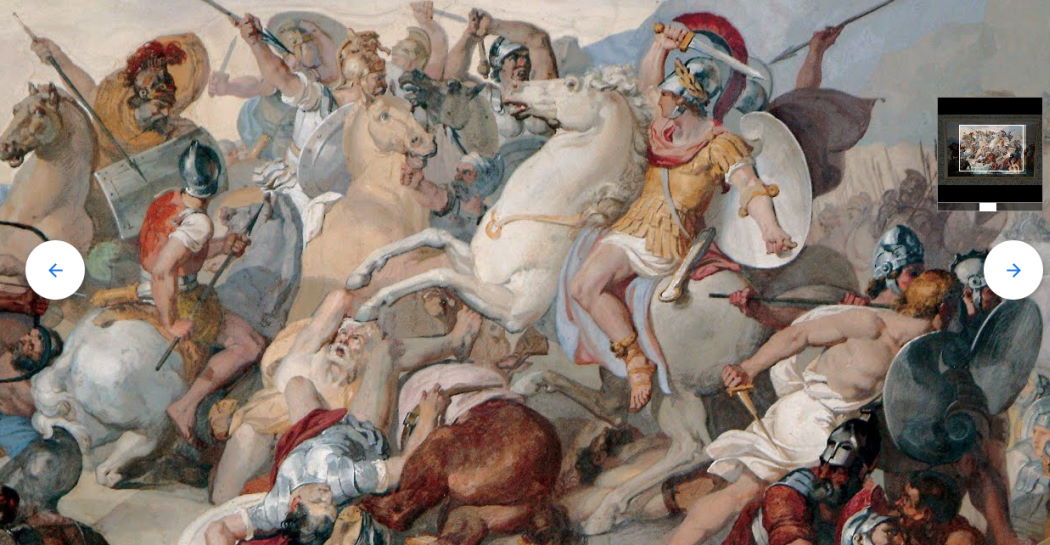The Collection
The twenty rooms of the Museum, characterised by painted walls, stucco work, mosaics, carved wooden panels, make up a route which includes: 54 pieces of stained glass replaced, after restoration, in their original positions; 18 pieces of stained glass acquired and displayed on separate frames; 105 sketches and preparatory cartoons for stained glass.
The rooms have atmospheric names, a relic of the fantasies and fixations of Prince Torlonia, who lived here alone, without either wife or children, with only the company of his servants and a few friends.
No residence possesses such a wide or thorough collection of samples of stained glass. They document the history and fortune of the technique in the first decades of the last century.
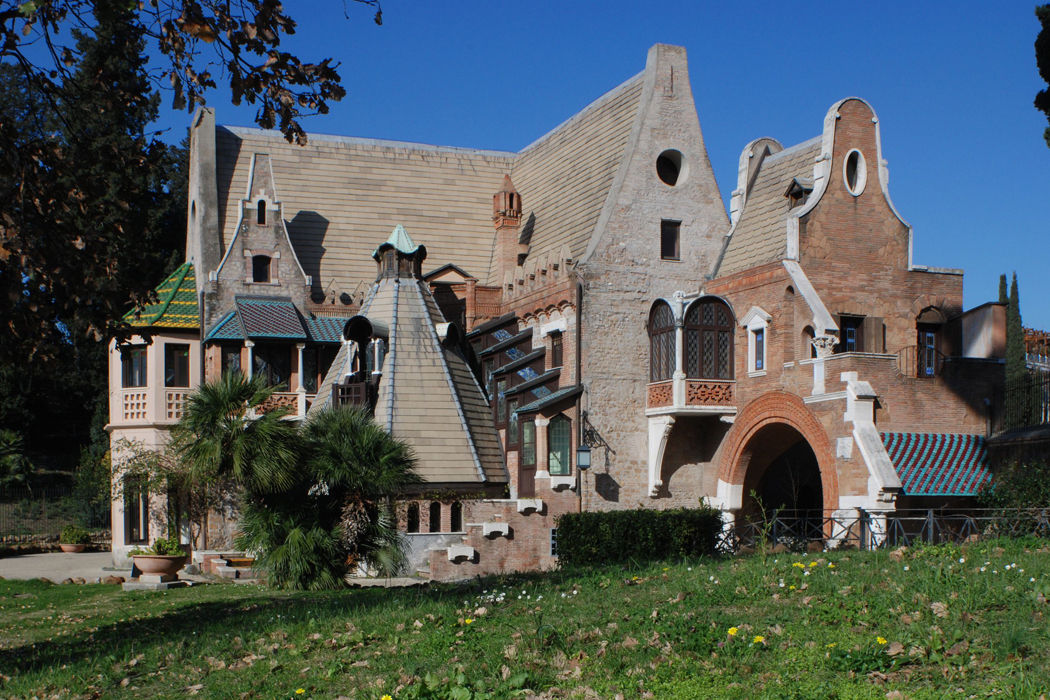

After the restoration of the building, the original pieces of stained glass were returned to their places, while those which had been irremediably lost were reconstructed, where possible, on the basis of the original designs. This work was done by the Stained Glass Art Giuliani company (recognisable by the lime writing); to this original nucleus other materials were added: an archive of preparatory designs and cartoons from the Picchiarini workshop was acquired, which, after this celebrated workshop had closed, had been obtained by the Giuliani company, which continued to operate until recent times, keeping alive the tradition of Master Picchio’s workshop, as the talent craftsman was affectionately called.
The Museum’s display makes it possible to compare the drawings and preparatory cartoons with the stained glass that was ultimately made from them. For example, in the case of The nail with vines and grapes (1914-15) and The migratory birds (1918), by Duilio Cambellotti, an immediate comparison can be made between the pictorial renderings in watercolour and charcoal and the corresponding play of colours translated into the subtleties and transparency of glass.
It is interesting to note, for example, that in the Roses and Butterflies by Paolo Paschetto, rounded glass has been used to give depth the the butterflies’ wings, or that the delicate nuances given to the bunches of grapes in Nail, have been emphasised by retouching with flame.
Among the most beautiful of the works are those created to designs by Duilio Cambellotti in 1914 and 1918, on the theme of the owl, around which the whole decorative scheme of the House developed; or again the extremely beautiful tondo, with the stunning figure of the Fairy (1917), again designed in cartoon by Cambellotti, which shows a stylised female figure, with delicate ivory coloured flesh, which blends with the blue and grey tones of the background, made more brilliant by the addition cabochons.
The variety of the materials which furnish the rooms of the House offer the visitor a very interesting tour, full of continual discoveries of unknown and intriguing details, a continual dialogue between the exuberant decorative elements of the building and the works on display there.


























